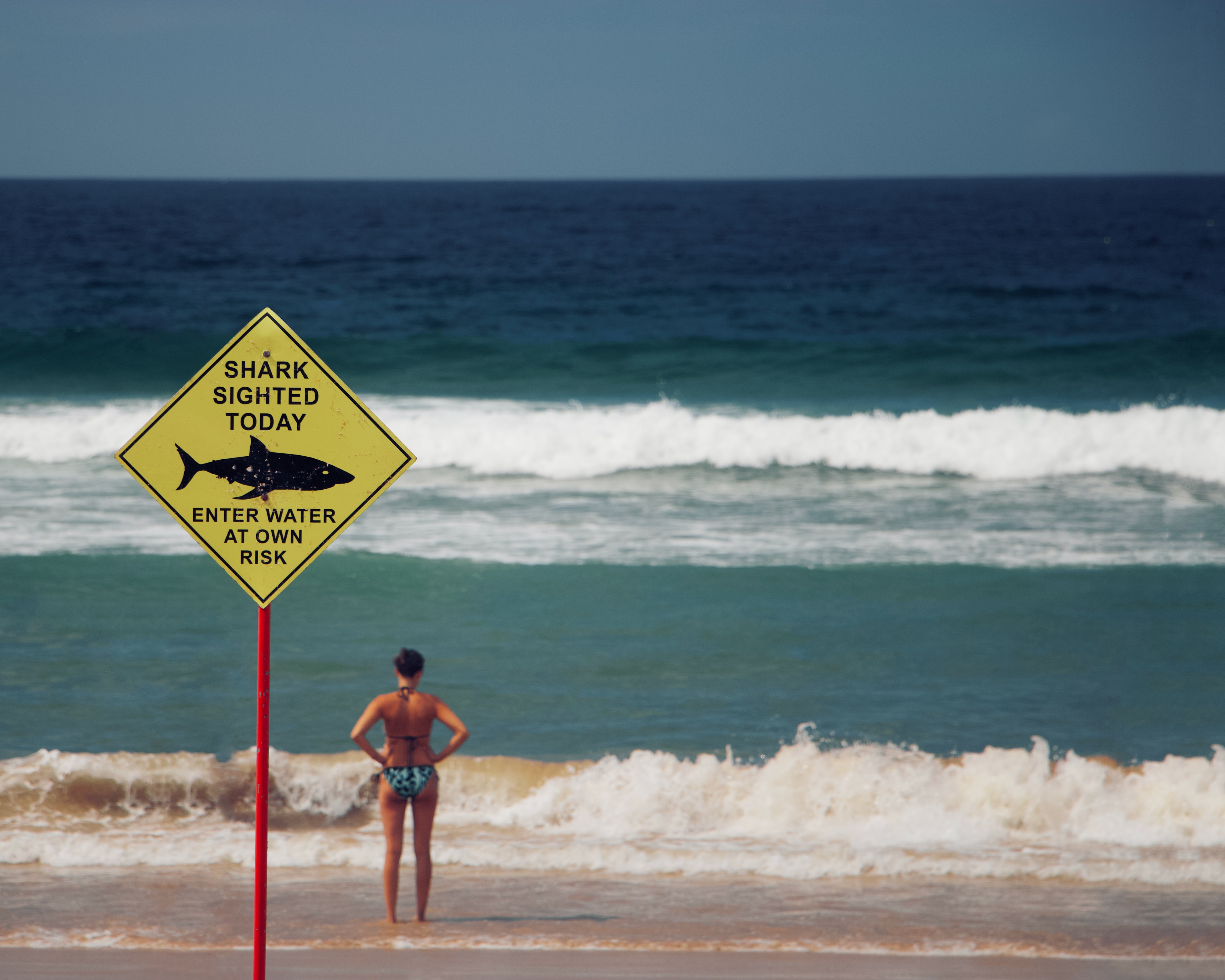More Australians have been killed in unprovoked shark attacks this year than in any other year since 1934.
However the total number of shark bites is in line with the annual average of the past decade.
On Sunday, Western Australian police called off the search for missing 52-year-old surfer Andrew Sharpe after pieces of his swimsuit and surfboard washed up on a beach near Esperance. Witnesses saw a shark bite him two days prior.
His death was the seventh of the year from a shark bite in Australia, and the sixth from an unprovoked attack.
According to the Australian Shark Attack File, the last time six people died from unprovoked shark attacks in a single year was 86 years ago.
In 1929, nine people died from such attacks, which prompted the debate about introducing shark nets in Australia several years later.
Dr Phoebe Meagher, the wildlife conservation officer with the Taronga Conservation Society Australia, said the six deaths from unprovoked bites this year was well above Australia’s 50-year average of 1.02 deaths a year, but the general shark bite numbers were looking “smack bang on average”.
Experts are concerned that La Niña weather event, which causes cooler sea surfaces in the Pacific, may be affecting the hunting grounds of sharks.
Dr Blake Chapman, a marine biologist studying shark neuroscience, told Guardian Australia that understanding how a shark behaved when attacking was important in determining its intent. She said repeated bites suggested the shark was treating a human as prey.
“In some of the cases this year it sounds like the shark hung around and bit more than once, which is unusual behaviour for great white sharks,” she said.
“When they bite more than once it’s more likely to be fatal as there’s more blood loss.”
Several of this year’s victims were killed by great white sharks, and Chapman says that great whites “tend to follow migrations of prey”, such as salmon, which can be influenced by a La Niña event.
“We do tend to see little spikes in shark bites in La Niña,” she said.
“For great white sharks, if we see them bite someone once and then leave, it suggests they were maybe curious and weren’t in the area for prey, because there is nothing stopping a shark from eating a person.”
Professor Robert Harcourt, the director of Macquarie University’s marine mammal research group and a researcher of shark behaviour, said that in addition to cooler seawater being favourable to great white sharks, La Niña could increase rainfall, which would reduce salinity (salt levels) and attract bull sharks to waters where more people swim.
He said currents and winds could also lead to salmon and other fish clustering closer to the shore.
“The sharks are responding to where their prey will most likely be,” Harcourt said.
Photo: Go/No-Go Decision 2 by Lubo Minar available HERE and used under a Creative Commons Attribution. The image has not been modified.








